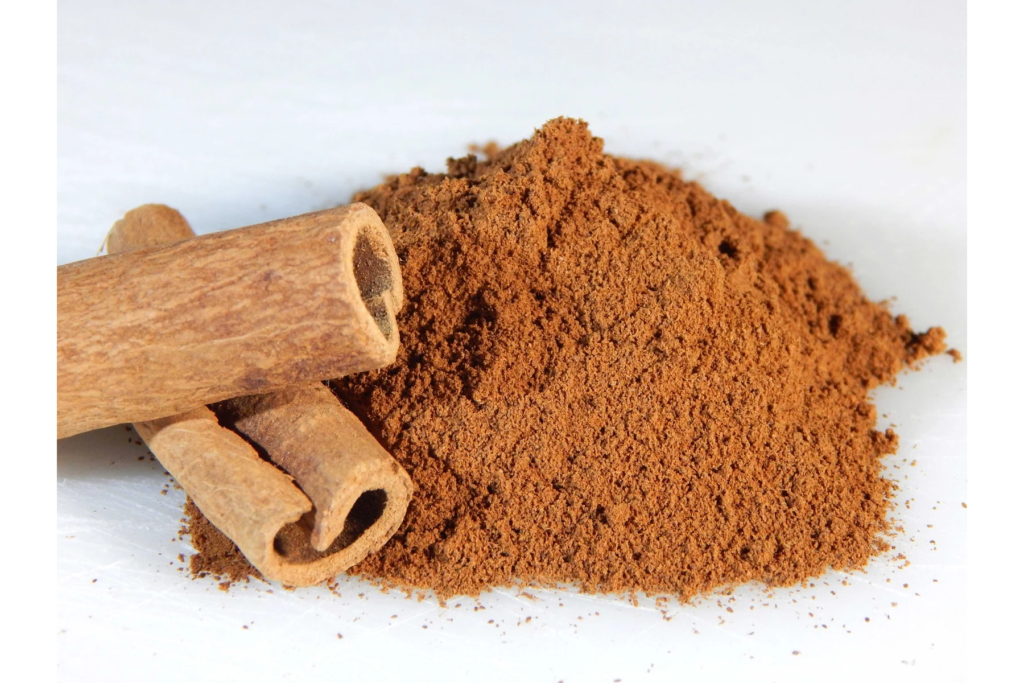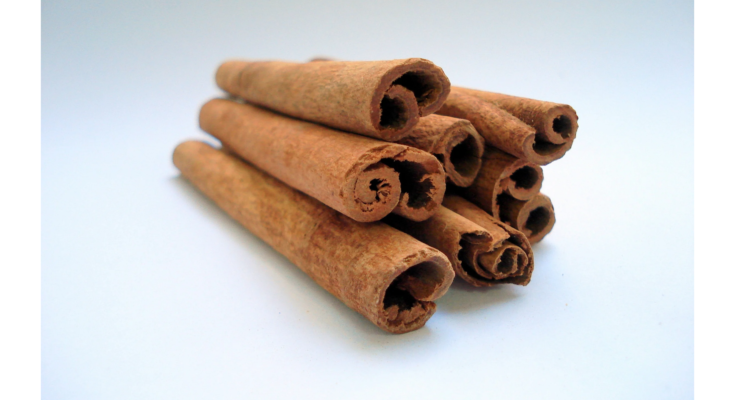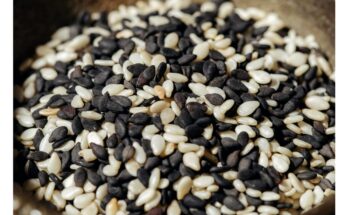Cinnamon (Cinnamomum zeylanicum) is an evergreen perennial tree prized for its aromatic bark and leaves. The tree’s bark is thick, smooth, and dark brown, with the inner bark carefully harvested from select shoots. After peeling, the bark is cured and dried, during which it shrinks and curls into cylindrical shapes known as “quills.” These quills possess a distinctive fragrant aroma and a warm, sweet, and spicy flavor.
Harvesting typically involves cutting shoots from two-year-old cinnamon trees. The bark is peeled after exposing the branches to air for about 24 hours, then layered inside one another and dried. The resulting product is thin, brittle bark with a brown hue, used extensively in households as a spice, either as small pieces or in powdered form.
Cinnamon leaves can also be used, either powdered or prepared as a decoction. They are known to have stimulant properties, aiding in digestion, reducing flatulence, and promoting urination. Regular consumption of cinnamon powder mixed with honey is said to alleviate nervous tension, enhance complexion, and improve memory.
Cinnamon offers numerous health benefits. It soothes indigestion, regulates blood sugar levels in diabetics, prevents stomach ulcers, and protects against urinary tract infections. Additionally, it fights tooth decay and gum disease thanks to its astringent taste and antiseptic properties, which help eliminate bacteria, fungi, and viruses.
Known for its antiviral properties, cinnamon can prevent and treat viral infections such as colds and influenza. A protective drink can be made by mixing half a teaspoon of cinnamon bark tincture with 285 ml of hot water, consumed daily to boost immunity during outbreaks. For treating colds or sore throats, a decoction of 5 cm of coarsely powdered cinnamon boiled in water with a pinch of pepper and honey is highly effective. Cinnamon oil, when combined with honey, also offers relief from cold symptoms.

Beyond its medicinal uses, cinnamon is a popular ingredient in culinary and non-culinary applications. The dried leaves and bark are used to flavor cakes, sweets, and curry powders, while cinnamon oils are used in perfumes, dental products, and pharmaceutical preparations. Cinnamon bark oil enhances the flavor of confectionery and liqueurs, while leaf oil is used in creating perfumes and synthesizing vanillin. Additionally, cinnamon oil serves as a natural food preservative.




